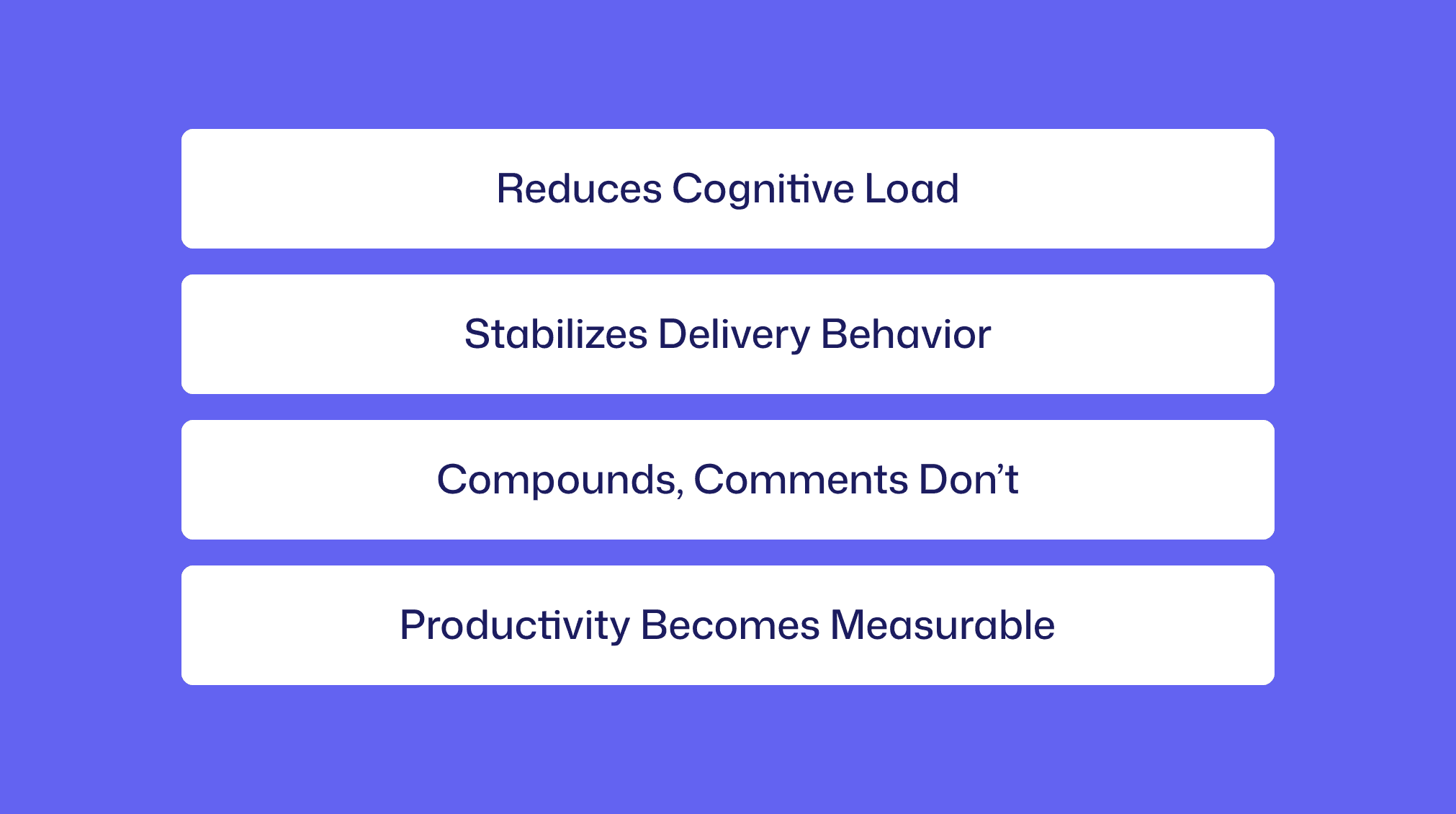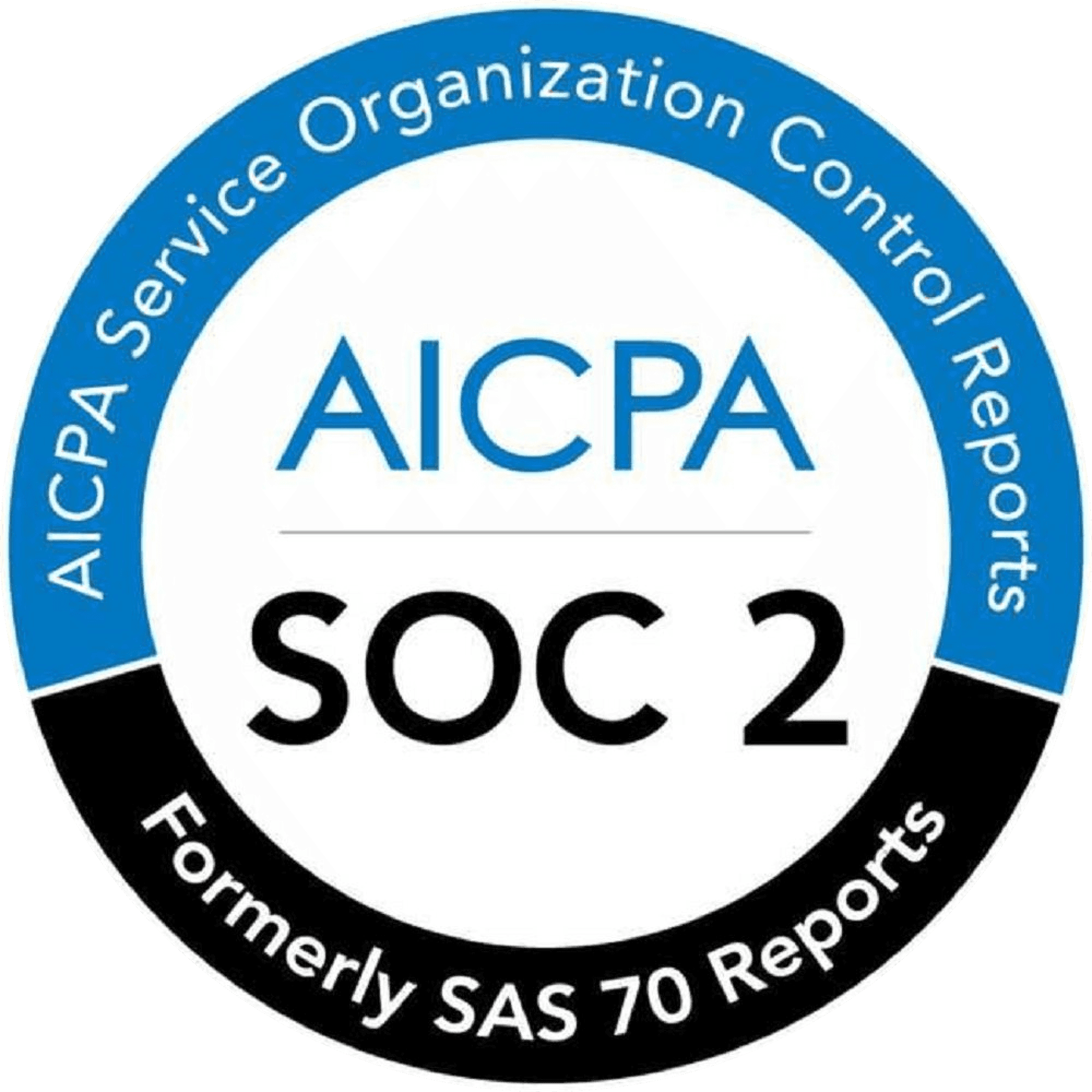AI Code Review
Nov 6, 2025
How Code Health Unlocks Real Developer Productivity

Amartya Jha
Founder & CEO, CodeAnt AI
AI didn’t break code quality. It broke developer focus.
Developers don’t measure productivity in meetings, dashboards, or AI hype slides. They measure it in flow, clarity, and finished work.
And right now? Most AI code review tools haven’t improved that. Instead, they triggered the “AI-PR-bot phase,” floods of suggestions, more tab-switching, more interruptions, and ultimately the same regressions and late fixes.
The promise was: faster reviews, fewer bugs, happier devs.
The reality became: comment fatigue, noise, and slower merges.
Developers didn’t reject AI. They rejected friction disguised as help.
They don’t want more comments, they want fewer landmines. Not “smart suggestions,” but clean PRs, smooth merges, and mental space to build.
This is why code health, not “AI review points,” is emerging as the real productivity driver.
What Developers Actually Want from the “Best AI Code Review Tool”
After the hype cycle, engineers have a simple expectation: Remove engineering drag, don’t create new drag.
They want AI that behaves like a senior teammate, not a verbose intern. They want fewer interruptions, not more commentary. They want speed, predictability, clean diffs, and no surprise breakage after merge.
That means five things:

1) Precision > Volume
Too many comments kill flow. The best review is the one that catches fewer but higher-value issues.
True precision means:
Prioritizing correctness, logic, dependency safety, and risks
Zero duplicates or contradictions
Lower false-positive rate
Faster time to first review and fewer PR cycles
How CodeAnt.ai helps?
Repo-aware checks highlight real risk, not nits. PR context + summaries let humans stay focused on intent and architecture.

2) Context, Not Textbook Advice
Developers don’t want generic linting or internet-style best practices. They want feedback rooted in their repo, conventions, and architecture.
Context includes:
Learning naming patterns, layering, boundaries
Applying org-defined complexity, duplication, and coverage standards
Keeping suggestions consistent with past decisions
How CodeAnt.ai helps?
Encodes org standards as review policies; runs checks at PR-time; exposes the pipeline via Analysis API so teams can start and fetch analysis programmatically and keep rules versioned as policy-as-code.
Positions context explicitly: AI reviews every pull request and “learns from past PRs,” enforcing org-specific expectations instead of internet-style defaults.

3) Reduce Landmines, Not Style Debates
Real developer experience is fewer “gotchas” after merge. The priority is to surface and stop landmines, not win arguments about nits.
Risk-first review looks like:
Keeping PRs small (flow > hero commits)
Surfacing issues tied to regressions, complexity spikes, and dangerous changes
Preventing risky merges, not commenting after the fact
How CodeAnt.ai helps?
Static code analysis + quality checks run on every PR to detect antipatterns and code-level bugs before runtime issues, and surface them inline.
Emphasize small diffs and risk-scoped reviews to shorten review time while improving outcomes, less style debate, more safe merge velocity.
Check out some interesting reads:
How AI Code Review Tools Are Reinventing Code Quality
What Are the 7 Axes of Code Quality?
15 Code Quality Metrics to Track and Improve
4) One-Click Autofix for the Repetitive Stuff
Use the human brain for design and trade-offs; let the tool fix the chores.
Autofix should cover:
Formatting, imports, linting
Low-risk refactors
Simple guard clauses
How does CodeAnt.ai help?
Product positioning highlights instant summaries, inline suggestions, and one-click fixes on PRs, shrinking review cycles and eliminating noisy back-and-forth.
Teams can drive fixes from CI via API (run, then fetch results and apply policies), keeping the code review process tight and automated where it should be.

5) Faster Merges, Fewer Review Cycles
Developers feel productivity in time saved and rework avoided.
Guardrails that create velocity:
PR size limits (keep diffs cognitively manageable).
Complexity and duplication ceilings (reject risky shape early).
Coverage thresholds (enforce test expectations without a comment war).
Early rejection of risky patterns
How CodeAnt.ai helps?
PR-time enforcement of org rules, plus Developer 360 pull-request analytics to make bottlenecks visible: additions/deletions, file churn, review cycles, merge latency. This links rules → behavior → time to merge.
Why Most AI Code Review Tools Fail Dev Experience
They talk too much and act too little. Explain ideas instead of fixing them. Nags instead of solutions.
No org memory = same suggestion every week. Teams repeat patterns. Tools should learn them, not restate them forever.
No enforcement = optional quality. Comments ≠ quality. Comments are opinions. Enforcement creates standards.
No PR-time protections. If the tool can’t prevent a risky merge, it’s not accelerating delivery, it’s narrating it.
Break trust once, and devs mute it forever. Ask any tooling lead: once a bot is annoying, it is dead in the org. That said: Tools fail not due to capability, but loss of developer trust.
Real Developer Productivity Comes From Code Health
Bogus/random developer productivity tools, they:
Talk instead of act
Repeat instead of learn
Narrate quality instead of enforcing it
That said:
Comments ≠ quality
Advice ≠ prevention
“AI engagement” ≠ shipping velocity
Once a bot annoys developers, it's muted forever
Developer productivity tools fail because they lose developer trust.
Code Health Is the Real Driver of Developer Productivity
Developers slow down when systems are unhealthy, not when code is hard.
Friction comes from:
Fragile modules that people avoid touching
Ballooning PRs without boundaries
Tribal knowledge instead of clear standards
Slow loops and “hope-based merges”
Fear of breaking staging
None of this is solved by AI comment density. It is solved by code health: Guardrails, clarity, standards, and fast, clean feedback loops.
Fast developers aren’t fast because they type quickly. They’re fast because nothing slows them down.
Code Health Improves the Engineering System
True code health improves the system that developers work inside.
Drag | Code Health Fix |
Ambiguous expectations | Org-defined rules as checks |
Oversized PRs | Size budgets + soft nudges + block thresholds |
Repeated mistakes | Pattern learning + guardrails |
Slow first response | Prioritized review routing + insights |
Context switching | Inline summaries + impact mapping |
Legacy fear files | Complexity visibility + hotspot surfacing |
Debt churn | Trend visibility + module health |
Silent regressions | PR-time gates + risk scoring |
Why Code Health Scales Better Than Comment Bots

1. It reduces cognitive load
Instead of reading 28 comments, the developer sees:
1 must-fix issue
autofixed lint
a PR that meets complexity + size standards
Less thinking → more shipping.
Cognitive science backs this: reducing decision surface improves throughput more than adding hints.
2. It stabilizes delivery behavior
Standards being codified changes how teams work:
Smaller PRs become cultural default
Refactoring becomes normal, not rare
Risky patterns disappear from diff history
Reviews converge instead of drifting team-to-team
This is process learning, not prompting.
3. It compounds, comments don’t
Comments solve a moment. Guardrails change the slope of your engineering velocity curve. Compounding code quality is the real “10x developer” effect.
4. Productivity becomes measurable
Developer 360 metrics align with this shift:
Metric | Why it matters |
TTFR | Protects developer flow |
TTM | Predictable collaboration |
PR size | Reviewability & cognitive load |
Review cycles | Fix at source, reduce churn |
Module health trend | Sustainable velocity |
Refactor-as-you-go | Debt reduction discipline |
If you can’t measure speed, you don’t have it.
Why is CodeAnt AI Built for Developer Productivity?
CodeAnt AI Isn’t a PR Comment Bot. It’s a Code Health Engine + Developer 360 Platform.
CodeAnt AI operationalizes on principles that devs want, like:
Developer Need | CodeAnt Capability |
Precision feedback | Repo-aware AI review engine |
Fewer nits | Low-noise defaults |
Autofix | One-click fixes for repetitive issues |
Org memory | Learning from team patterns & past PRs |
Prevent regressions | PR-time quality gates |
No tab chaos | Inline insights + CI integration |
Know what's working | Developer 360 metrics & flow insights |
Ship faster | Reduced review cycles & rework |
And unlike tools that add comments and walk away, CodeAnt AI:
Learns your codebase
Encodes your standards
Enforces PR-time rules
Surfaces reviewer bottlenecks
Improves both developer flow and engineering outcomes
This isn't just any “AI code review.” This is healthy productivity infrastructure.
Conclusion: Code Health Is the Real Path to Developer Productivity
Developers asked for productivity. Vendors gave them chatty bots.
But engineers don’t measure progress in comment count.
They measure it in:
Merge speed
Confidence
Fewer surprises
Flow state
Joy in building, not babysitting bots
The future isn't “AI nitpicking your PR.”
It’s AI + code health making clean code the default and letting devs stay in flow.
AI review fixes diffs. Code health fixes development.
If you're ready for:
Signal > noise
Autofix > commentary
Standards > suggestions
Shipping > stalling
Developer joy > developer fatigue
Then you're ready for CodeAnt AI Code Health Solution. We help your team grow without slowing down. Try our Code Health platform and your developers will feel the difference in a week (that’s for sure).













